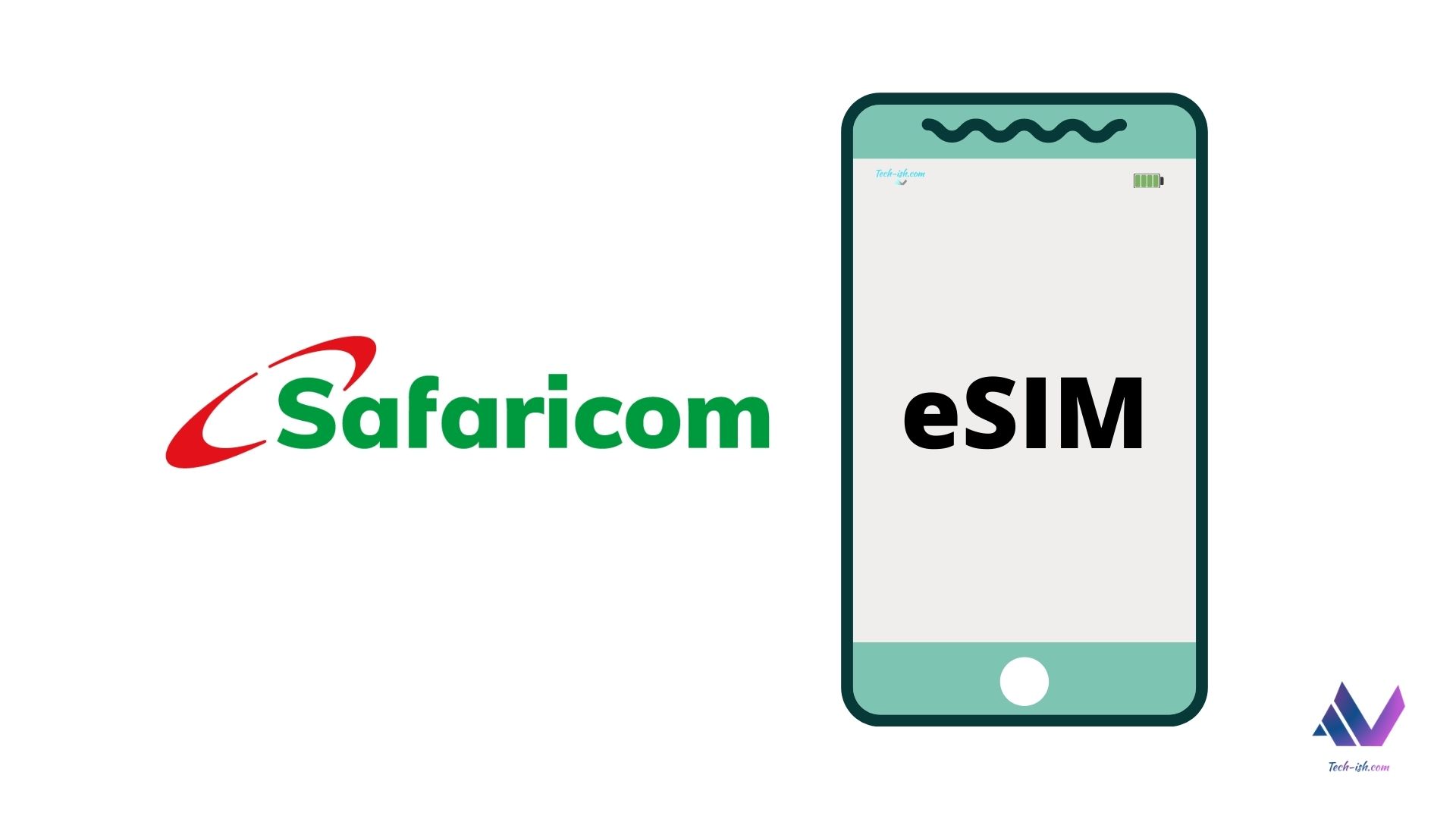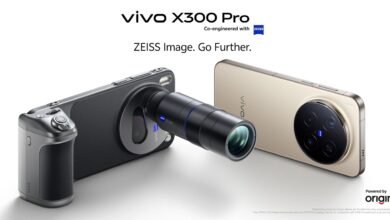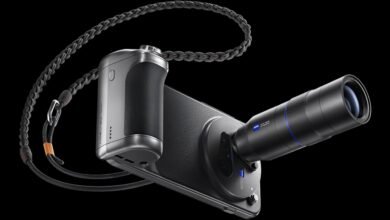Safaricom is today introducing eSIM support in the Kenyan market. This is something a significant number of Kenyans have been asking of the network provider. Though it has seemingly taken forever, the feature is now available. If your phone supports eSIMs, it is time for you to finally set it up.
The telco isn’t the first in the country to introduce eSIM support, however. Back in January this year, Jamii Telecom’s Faiba 4G became the first network provider to bring eSIM support in the country. Here’s a guide on how to get Faiba 4G’s eSIM.
eSIM is short for an Embedded Subscriber Identity Module, or simply an Embedded SIM card. A couple of high-end smartphones have an embedded SIM card within their phone which they can activate at any time with network settings for whichever network they so wish.
With an eSIM, all you need is some Profile Settings, and you’re ready to use a particular network. Mainly, such profile settings are provided by the carrier in form of a QR code you scan, then the phone activates the eSIM and you are able to access the network whose settings you scanned. You’re free to, later on, change the network the eSIM is accessing to any other network supporting eSIMs.
For example, now that both Faiba and Safaricom support eSIMs, you can get both network’s profiles settings and install both on your phone. Then you can, ideally, interchange them as you would so wish. This would be such that at any given time you can choose to be on the Faiba network or the Safaricom network on your eSIM, all whilst your physical SIM card remains active.
How to get Safaricom eSIM:
- Visit a Safaricom Shop with a supported device
- Scan the eSIM QR Code you’ll be given by Safaricom with your supported device
- Your device will download and install the Profile Settings and set up the Safaricom Network on your eSIM
- Your eSIM will now be ready for use.
Devices that support Safaricom’s eSIM:
- iPhone SE 2020, iPhone X, iPhone Xs, iPhone 11, iPhone 12
- Samsung Galaxy S21, Galaxy Z Fold, Galaxy NOTE 20
It is a little weird with Safaricom that only a few smartphones are listed as supporting their network. Perhaps this will change in the next few days, perhaps it is a miscommunication of some sort. There are many more devices that come with eSIMs including Google Pixels, Huawei and Motorola smartphones, Windows tablets, iPads and Apple Watches. Hopefully, Safaricom rolls out support for all of these in the coming days. The good thing is that more smartphones will now come with embedded SIM cards going forward.
The benefits of an eSIM are quite vast:
- If you have an iPhone, you can have two networks running at once.
- If you travel a lot, you can just buy an eSIM for whichever network in that country you’re travelling to instead of paying lots of cash when roaming.
- You can easily switch between networks. As with the example above where you can switch between Faiba and Safaricom. Provided these companies don’t do stupid stuff to try and stop you.
- You can have multiple data plans – if you’re someone who actually pays monthly for data plans.








